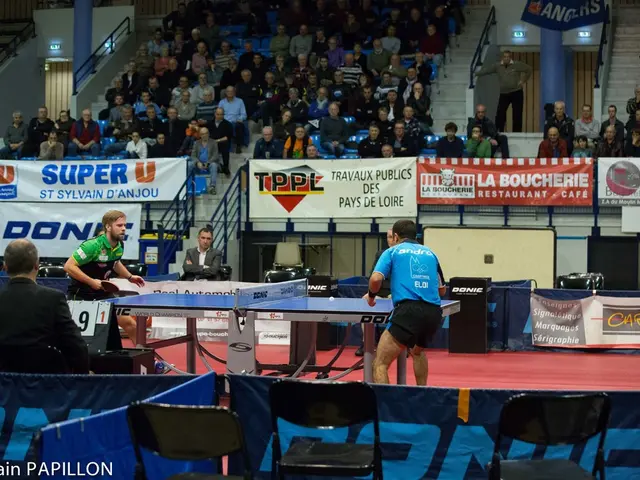Unacceptable Antics at a Czech Zoo Spark Controversy
Visitors at Czech Zoo Spark Controversy - Demonstration in the Czech Republic over Zoo Visitors' Actions
Ahem!
The spectacle of a motley crew of zoo visitors in the tropics pavilion of a Czech zoo has set off a massive uproar. A group of capuchin monkeys, the white-headed kind, encountered an ordeal there. "Not only did they stuff the critters, but they even petted, stroked, and yanked their tails," Zlin Zoo lamented in a public statement. A video of the incident was shared on social media, pleading for information regarding the suspicious troublemakers. White-headed capuchins hail from northeastern South America.
Bitter Recollection of Fatal Incident
"Sausages, fries, cookies, or chocolate belong nowhere in an animal's diet," a zoo spokesperson warned gravely. Consuming these fare can lead to severe health complications, and in the gravest cases, they could perish. Chocolate is particularly evil. The spokesperson invoked a sad memory from 2009, when a young white-headed capuchin succumbed to the consequences of inappropriate feeding by careless tourists.
The Tropics Pavilion, Zlin Zoo's Crown Jewel
The questioning has begun: Could stricter signage have prevented the recent incident? "With the holiday rush, there's so much visitors pouring in that we can't watch everything—neither on camera nor onsite," Zlin Zoo director Roman Horsky told the newspaper "MF Dnes." The tropics pavilion, completed in 2006, is Zlin Zoo's prize jewel. Most animals roam freely around the exhibit. The city of Zlin, home to approximately 74,000 inhabitants, is situated about 250 kilometers southeast of Prague.
Zlin Zoo, in Spoken English
Background Information
Proactive Approaches to Prevent Unwanted Actions Towards Animals in Zoos, particularly those found in tropics pavilions, incorporate a mix of strategic enclosure design, legal safeguards, and tailored animal welfare practices:
Enclosure Planning and Physical Barriers
- Utilizing sophisticated mesh technology in cage construction ensures animals are securely confined while preserving viewing experiences and visitor safety. Depending on the species, different mesh sizes and strengths are employed to thwart escapes and unauthorized interactions[2][3].
- Designing enclosures to mimic natural habitats minimizes stress and abnormal behaviors in animals by replicating their native ecology[1][5].
Legal and Security Measures
- Legislative measures have been enacted to deter trespassing in animal enclosures. For example, Penalties for unauthorized entry in zoos and aquariums have been raised to felony charges, with harsher penalties if animals are harmed[4].
- Safety measures include physical barriers, CCTV, and protocols to stop any deliberate damage or attempts to touch or harm animals[4].
Animal Care Practices
- Zoos base their animal management on knowledge of species' natural behaviors, social structures, and ecological needs to promote psychological health and natural activity[5].
- Giving animals environments that facilitate foraging, reproduction, and key behaviors discourages problematic behaviors stemming from captivity stress[1][5].
Tropics Pavilion Considerations
- Tropical animals require enclosures with high humidity, temperature control, and vegetation carefully designed to mirror their native environment to maintain wellbeing and lower stress levels[1].
- Minimizing physical contact with animals prevents inappropriate petting or feeding, behaviors that can harm both animals and visitors[5].
- Staff training on monitoring visitor behavior and stepping in when inappropriate conduct is observed is crucial in maintaining a safe environment for tropical species.
- In light of the recent incident at the Tropics Pavilion of Zlin Zoo, it's crucial to review and strengthen the community policy, particularly in regards to visitor interactions with animals.
- As precision is key in environmental-science, a detailed study could be undertaken to evaluate the effectiveness of safety measures and enclosure designs in preventing similar incidents in the future, focusing on the tropics pavilion.
- To ensure the welfare of animals and maintain a positive visitor experience, Zlin Zoo might consider reinforcing general-news and crime-and-justice protocols, such as increased fines for unauthorized entry or harm to animals, as well as implementing stricter security measures within sports facilities and surrounding areas.







